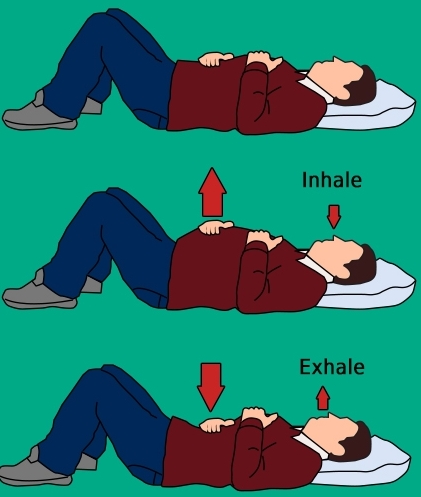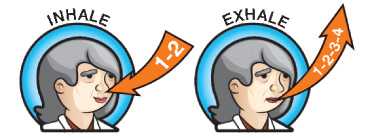Some of you might have come across the word ‘mindfulness’ while it might be new for others. In this post, I would like to throw some light on what mindfulness means and how it can positively impact our health.
What is mindfulness?
Mindfulness simply refers to being aware or mindful of our everyday moments. It is the opposite of dwelling in the past and planning for the future. It is living in the present. We often hear things like “be mindful of what you say”, “time is precious, be mindful of what you do with it” and “pay attention to your thoughts for negative thoughts can harm you”. It just means being more aware of our words, our actions and our thoughts, so that we harness their positive power and avoid their negative impact
How to practice mindfulness?
Now that you know what mindfulness is, can you think of some ways you can apply it to improve your overall health? Let me walk you through 5 proven ways.
- Mindful eating
- Mindful breathing
- Mindful exercising
- Mindful thinking
- Mindful interacting
Mindful eating
‘We are what we eat’ is a f amous quote. That is exactly why we should be fully aware of what we eat and how much we eat. Eating slowly, that is chewing food properly and relishing what we eat, is an integral aspect of good health. And most importantly, are we enjoying what we eat? Or is it just another mundane routine that gets done every day? By the way, there are no mundane routines in the world of mindfulness. When we pay a little more attention to whatever we do and apply our minds to make it enjoyable, it ceases to be a mundane routine and starts to excite us!
amous quote. That is exactly why we should be fully aware of what we eat and how much we eat. Eating slowly, that is chewing food properly and relishing what we eat, is an integral aspect of good health. And most importantly, are we enjoying what we eat? Or is it just another mundane routine that gets done every day? By the way, there are no mundane routines in the world of mindfulness. When we pay a little more attention to whatever we do and apply our minds to make it enjoyable, it ceases to be a mundane routine and starts to excite us!
Mindful breathing
Our previous blog post on proper breathing techniques for individuals with heart and lung ailments is proven to work wonders for just about anybody and everybody. It is a slow and deep breathing process that all of us can easily follow. It reinforces the fact that even breathing, which we hardly ever pay attention to, if done mindfully is a powerful tool against illness.
Mindful exercising
Exercise – some of us do it for the sake of ticking it off on our daily agenda while some of us enjoy the process of working out. Guess you know by now which of the two groups is likely to reap the full benefits of exercise. A simple activity like walking to the neighbourhood grocery store can become a mini work-out if done mindfully. Yes, even a 10-minute walk done at a brisk pace with good arm swing and synchronised breathing can rejuvenate the mind and body, as compared to a lethargic purposeless walk with a ‘why do I have to do this’ attitude which can drain us of our energy.
Mindful thinking
Thoughts arising from our mind may be positive or negative. The first step to mindful thinking is simply realising which of our thoughts are positive and have a positive influence on our well-being, and which are negative with a negative influence on our health and well-being. The second step is being grateful for and reinforcing the positive thoughts while trying to find a solution or working our way out of the negative situations that give rise to those negative thoughts. Meditation is a strong and effective technique proven to help people find the mind-body alignment needed for mindfulness and holistic well-being. We will dwell on this in a future blog.
Mindful interacting
When it comes to interacting with strangers or not-so-close people, we seem to have mastered the technique of a mindful approach. Moreover, if it is someone we need to impress, we are on our best behaviour giving all the attention to that person. On the contrary, we are slipping up on the everyday opportunities to interact deeply and renew our relationships with our near and dear ones. We could blame it on technological advancements, fast paced life, a highly demanding society and so on and so forth, but the solution is simple, take time for your loved ones and don’t take them for granted.
At Cardiac Wellness Institute, we work closely with men and women of all walks of life, inculcating this habit of mindfulness to improve cardiac function and overall well-being.

